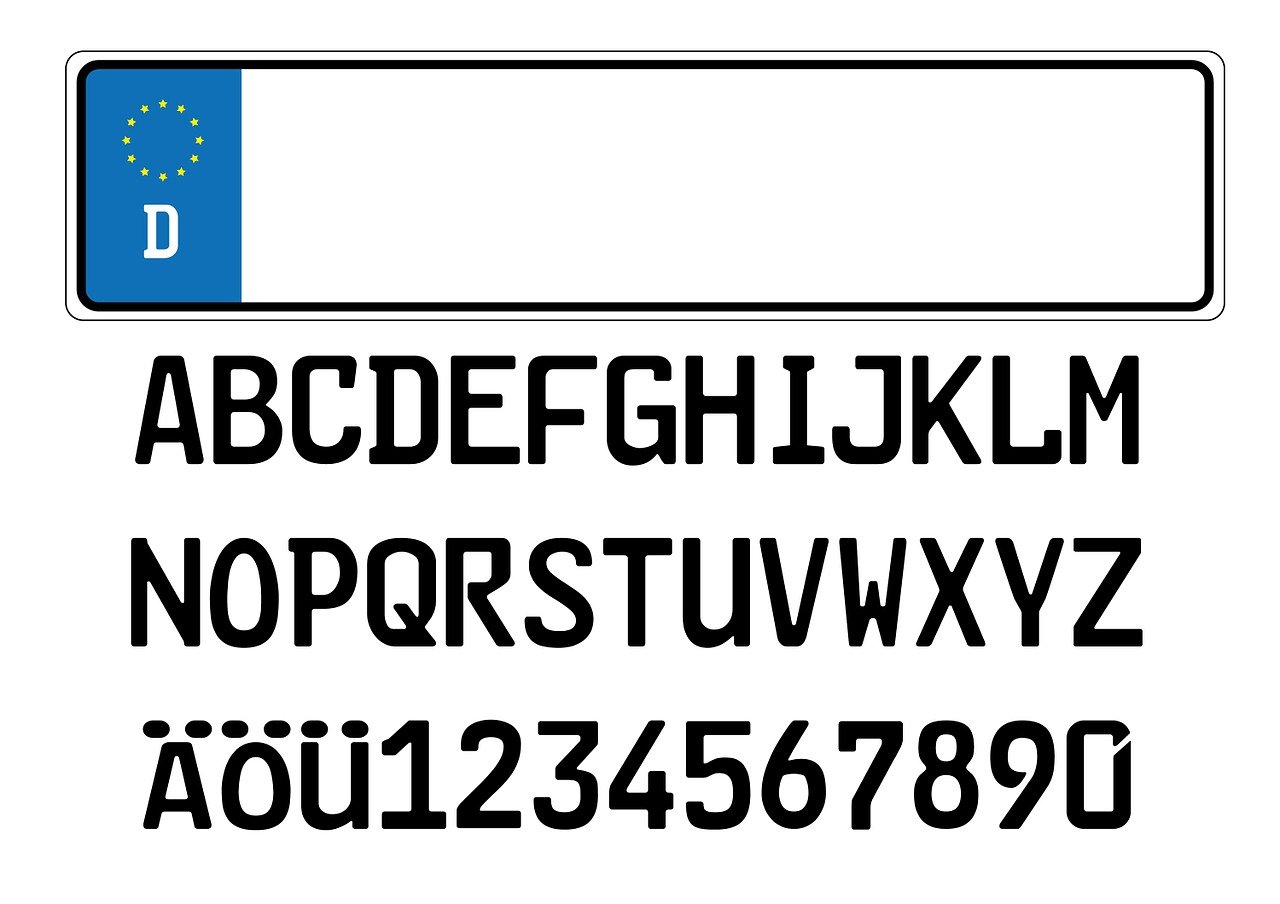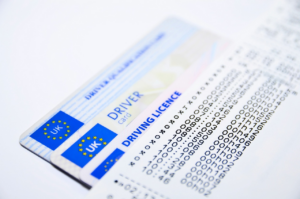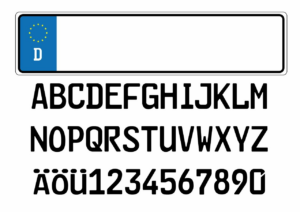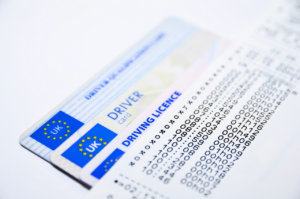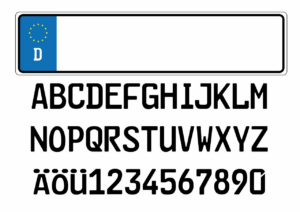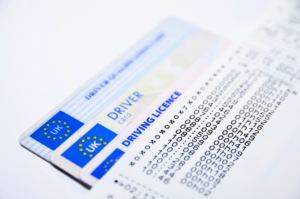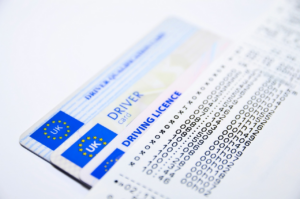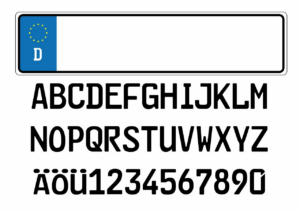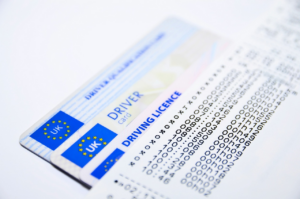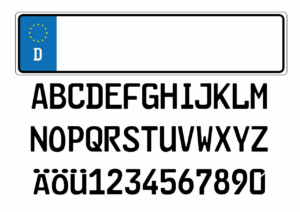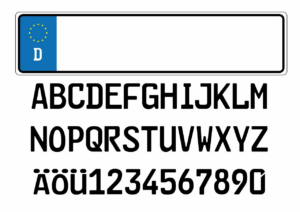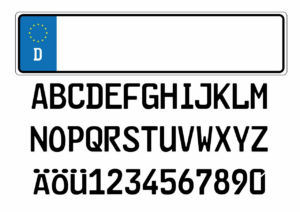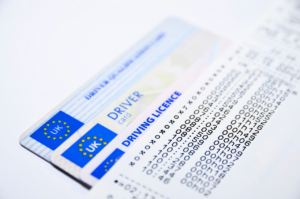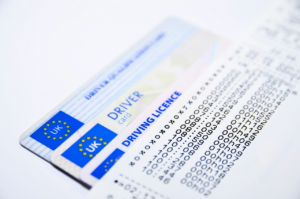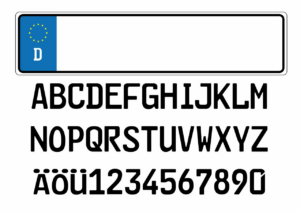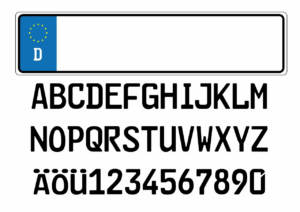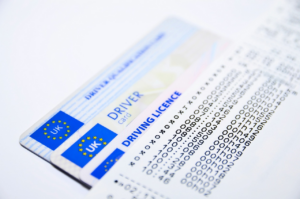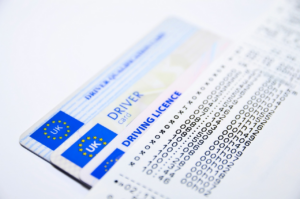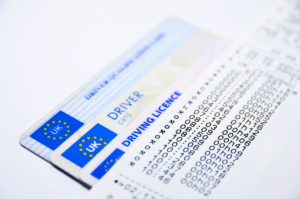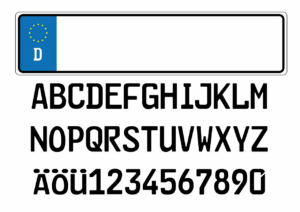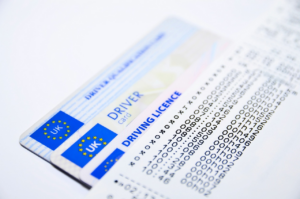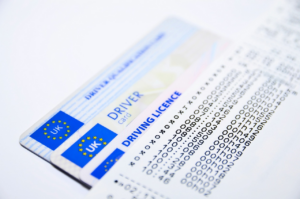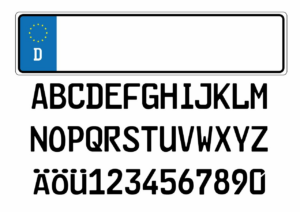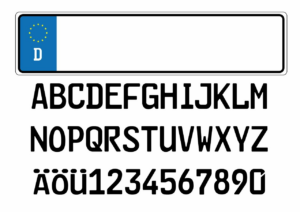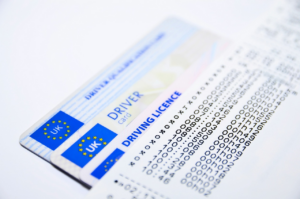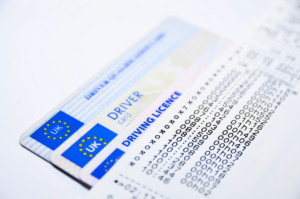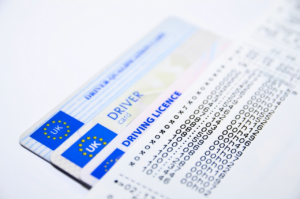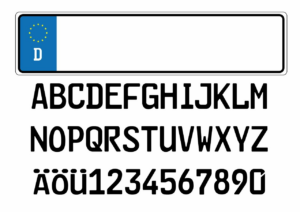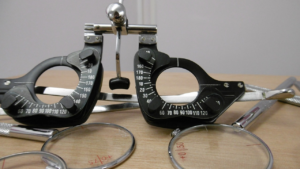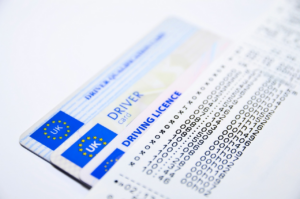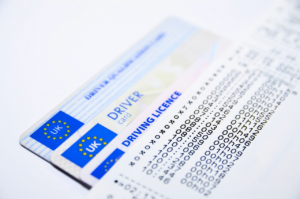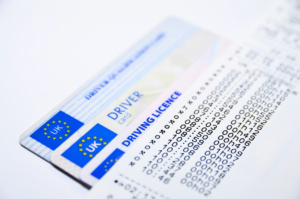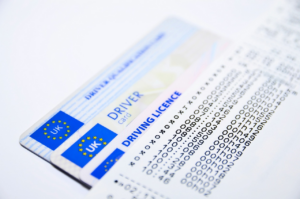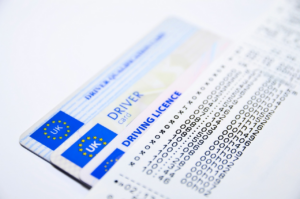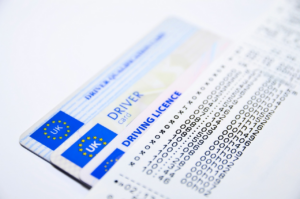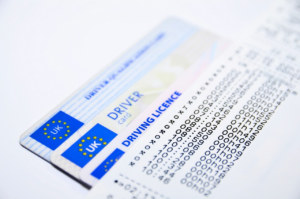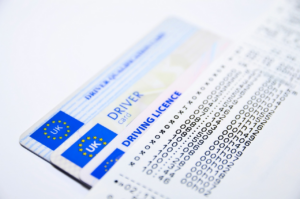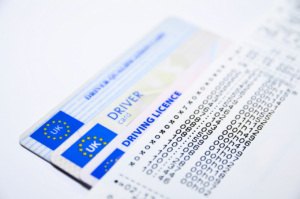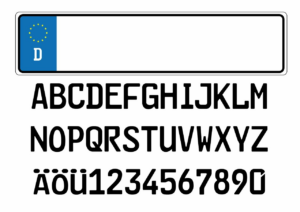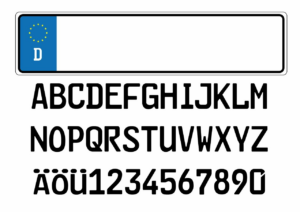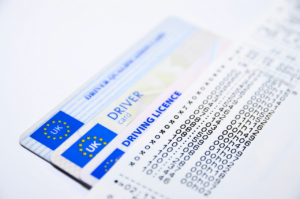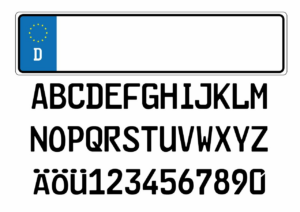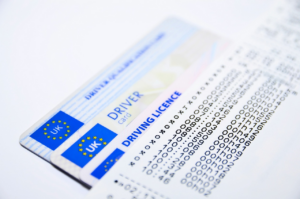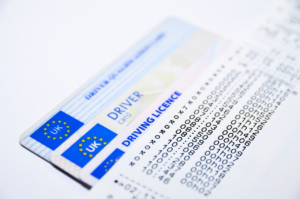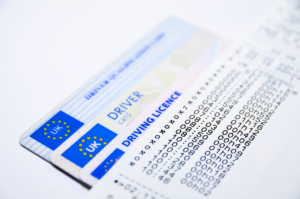If you’re moving to a new state, one of the tasks you’ll need to tackle is transferring your out-of-state driving license. While the process may seem daunting, it’s relatively straightforward as long as you know what to expect. By following a few simple steps, you can quickly and easily transfer your license to your new state and hit the road with confidence.
To start, you’ll need to research the requirements for your new state. Each state has its own set of rules and regulations when it comes to transferring your license, so it’s important to do your homework ahead of time.
Once you know what documents you’ll need and what tests you’ll be expected to take, you can gather the necessary paperwork and schedule an appointment at your local DMV.
With a little preparation and patience, you’ll be well on your way to getting your new license and hitting the open road in your new home state.
Research the Requirements for Your New State
Now it’s time to see what your new state needs from you to get your driver’s license. Researching the requirements for your new state is a crucial step in transferring your out-of-state license.
Each state has its own rules and regulations, so it’s important to do your homework before you begin the process. Start by visiting your new state’s Department of Motor Vehicles (DMV) website.
Here, you’ll find a wealth of information on what documents you’ll need, how much the transfer will cost, and any additional requirements, such as a written or driving test. In some states, you may be required to take a vision test or provide proof of insurance.
It’s also a good idea to call the DMV and speak to a representative to clarify any questions you may have. By being prepared and knowing what your new state requires, you’ll save time and avoid any unexpected surprises.
Gather the Necessary Documents
To successfully obtain a driver’s license in a different location, it’s essential to compile all the required documentation.
Typically, you’ll need to provide proof of identity, such as a passport or birth certificate, as well as proof of residency, such as a utility bill or lease agreement. You may also need to provide your Social Security number or a letter from the Social Security Administration verifying your number.
It’s important to research the specific requirements for your new state, as some may have additional or different documentation requirements.
Along with these documents, you’ll likely need to provide your out-of-state driver’s license. This license will need to be surrendered as part of the application process.
In some cases, you may also need to take a written and/or driving test, so it’s important to study and prepare beforehand.
By gathering all the necessary documents ahead of time, you can streamline the process and increase your chances of successfully transferring your out-of-state driver’s license to your new location.
Schedule an Appointment at Your Local DMV
Ready to hit the road legally in your new home? The next step is to book an appointment at the local DMV. Here are four things you need to keep in mind when scheduling your appointment:
-
Check the DMV’s website for their hours of operation, as well as any specific instructions or requirements for scheduling an appointment.
-
Choose a date and time that works for you, but be prepared for potentially long wait times. Some DMVs allow you to schedule appointments online, while others require you to call or visit in person.
-
Make sure you bring all necessary documents with you to your appointment, as outlined in the previous subtopic. Failure to bring the required documents could result in your appointment being rescheduled.
-
Plan to arrive early for your appointment, as DMVs often have long lines and wait times can be unpredictable. This will give you plenty of time to check in and ensure that you are seen on time.
By following these tips, you can make the appointment scheduling process as smooth and stress-free as possible. Remember to bring patience and a positive attitude with you to the DMV, and before you know it, you’ll be hitting the road with your new license in hand.
Take Any Required Tests
To transfer your out-of-state US driving license, you may need to take one or more tests. The two most common exams are the written test and the driving test.
The written test assesses your knowledge of traffic laws, while the driving test evaluates your ability to operate a vehicle on the road.
Written Test
As you prepare to obtain a driver’s license in your new location, it’s important to review the written test requirements and ensure that you’re adequately prepared for the exam.
The written test is designed to assess your knowledge of the traffic laws and regulations in the new state. Here are a few things to keep in mind when preparing for the written test:
-
Study the driver’s handbook: The driver’s handbook is an essential resource when preparing for the written test. The handbook contains all the information you need to know about the traffic laws and regulations in the new state. Make sure to read it thoroughly and take notes on important points.
-
Take practice tests: Taking practice tests can help you get a feel for the types of questions you can expect on the actual test. Many states offer online practice tests that you can take for free. These tests can also help you identify areas where you need to study more.
Preparing for the written test may seem daunting, but with a little preparation, you can pass it with flying colors. Remember to study the driver’s handbook and take practice tests to ensure that you’re adequately prepared.
Good luck!
Driving Test
You’ll be behind the wheel for the driving test, demonstrating your abilities and knowledge of the road. This is the nerve-wracking part of transferring your out-of-state US driving license to a new state.
The driving test is designed to assess your driving skills, including your ability to obey road signs, observe traffic rules, and make safe decisions while driving. Before the test, be sure to prepare yourself by practicing driving in the area where the test will be taken. Familiarize yourself with the roads, traffic signs, and speed limits.
During the test, remember to stay calm, follow the examiner’s instructions, and make smooth and safe turns. By demonstrating your driving skills, you’ll be able to earn your new state driving license and enjoy the freedom of exploring a new place behind the wheel.
Pay Any Required Fees
Make sure you have enough money to cover all the fees required for the process of transferring your out-of-state US driving license to a new state. The fees can vary depending on the state you are moving to, so it’s important to research and find out exactly how much you need to pay. Some states may also require additional fees for things like a new license photo or a driving record check. Be sure to budget accordingly and have the necessary funds available before starting the process.
Here are three important things to keep in mind when paying for the required fees:
-
Make sure to pay on time to avoid any late fees or penalties.
-
Keep track of your payment receipts and documentation in case you need to provide proof of payment later on.
-
Remember that the fees are necessary to complete the process of transferring your license, so try not to let the cost discourage you from following through with the process. In the long run, having a valid driver’s license in your new state will be well worth the investment.
Surrender Your Out-of-State License
Now it’s time to say goodbye to your old license and say hello to your new state’s driving privileges. Surrendering your out-of-state license is an important step in transferring your driving privileges to a new state.
You may be required to surrender your license in person, by mail, or online. Make sure to check your new state’s DMV website or call their customer service line to find out the specific requirements.
When surrendering your license, you may also be required to provide additional documents such as proof of identity, residency, and legal presence in the United States. These documents may include your passport, birth certificate, social security card, and proof of address such as a utility bill or lease agreement.
Make sure to bring all necessary documents with you when surrendering your license to avoid any delays in the process.
Receive Your New License
Get ready to officially become a resident with a shiny new ID that grants you the freedom to explore your new home state. Once you’ve surrendered your out-of-state license and provided all necessary documents, you can receive your new license.
The process can take anywhere from a few days to a few weeks depending on the state. You’ll typically receive your new license in the mail, but in some states, you may get a temporary paper license to use until your permanent one arrives.
Be sure to check the expiration date on your temporary license, as it may expire before your permanent one arrives. Once you get your new license, double-check all the information on it, such as your name, date of birth, and address. If there are any errors, contact the DMV immediately to have them corrected.
Congratulations on your new license and welcome to your new home state!
Update Your Vehicle Registration and Insurance Policy
As a new resident, it’s important to update your vehicle registration and insurance policy to comply with the laws and requirements of your current location. Here’s what you need to do:
-
Get your vehicle inspected: Some states require a vehicle inspection before registration. You can find out the inspection requirements from your state’s DMV website.
-
Register your vehicle: You need to register your vehicle with the new state’s DMV within a certain time frame, usually 30 days. You’ll need proof of ownership and insurance, as well as the completed inspection certificate.
-
Update your insurance: Contact your insurance company and inform them of your move. They’ll guide you through the process of transferring your policy to the new state.
-
Dispose of your previous license plates: In some states, you’re required to surrender your previous license plates when you register your vehicle in the new state. Make sure to check the regulations of your new state.
By following these steps, you can ensure that your vehicle is registered and insured in compliance with the laws of your new state.
Frequently Asked Questions
Can I transfer my out-of-state license if I have a suspended or revoked license?
If your out-of-state license is suspended or revoked, transferring it to a new state may be more challenging. Each state has its own rules and regulations regarding license suspensions and revocations.
Some states may require you to serve out your suspension or revocation period in your current state before you can transfer your license. It’s important to contact the DMV in the state where you plan to transfer your license to find out their specific requirements and what steps you need to take to transfer your license.
It’s also important to note that attempting to transfer a suspended or revoked license without following proper procedures can result in legal consequences.
Does my driving record from my previous state affect my ability to transfer my license?
When transferring your out-of-state US driving license to a new state, it’s important to consider how your driving record from your previous state may affect your ability to do so. Your driving record can impact your eligibility for a license transfer and may even result in a license suspension or revocation.
It’s essential to ensure that your previous driving violations are resolved before attempting to transfer your license to avoid any complications. Additionally, it’s crucial to provide all necessary documents and meet the state’s specific requirements for license transfer.
By doing so, you can successfully transfer your out-of-state license and continue driving legally in your new state.
How long does the transfer process typically take?
If you’re wondering how long it takes to transfer your out-of-state US driving license to a new state, the answer is that it varies. The length of time it takes to transfer your license will depend on a number of factors, including the state you’re moving to, the requirements for transferring your license in that state, and the processing time for your application.
Some states may require you to take a written test or a driving test before transferring your license, which can add additional time to the process. Generally speaking, however, you can expect the process to take anywhere from a few weeks to a few months.
To ensure a smooth and timely transfer of your license, it’s important to research the requirements for transferring your license in your new state and to start the process as early as possible.
Is there a limit to how long I can wait before transferring my license after moving to a new state?
When you move to a new state, it’s important to know that there is a limit to how long you can wait before transferring your out-of-state US driving license.
Each state has its own rules and regulations, but generally speaking, you should aim to transfer your license within 30-60 days of your move.
If you wait too long, you may be subject to fines or even have your license suspended.
It’s important to research the specific requirements of the state you’re moving to and make sure you have all the necessary documents and fees ready for the transfer process.
Don’t wait until the last minute to transfer your license – it’s better to be safe than sorry.
Will I need to retake a driving test in my new state?
When you move to a new state and want to transfer your out-of-state US driving license, you may wonder if you’ll need to retake a driving test. The answer is that it depends on the state you’re moving to.
Some states require you to take a written test or a driving test, while others simply require proof of your out-of-state license and a fee to transfer it. It’s important to research the specific requirements of your new state’s Department of Motor Vehicles (DMV) to ensure you’re prepared for the process.
Generally, if you have a clean driving record and your out-of-state license is valid, the process should be straightforward and hassle-free.
Conclusion
Congratulations! You’ve successfully transferred your out-of-state US driving license to your new state. It may have seemed daunting, but with the right preparation and knowledge, you navigated the process smoothly.
Remember to research the requirements for your new state and gather all necessary documents before scheduling an appointment at your local DMV. Taking any required tests and paying any required fees are also important steps in obtaining your new license.
Don’t forget to surrender your out-of-state license and receive your new one. Finally, make sure to update your vehicle registration and insurance policy to reflect your new state and license.
By following these steps, you can ensure that you’re legally able to drive in your new state and avoid any potential issues or penalties.
Safe travels!


